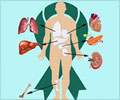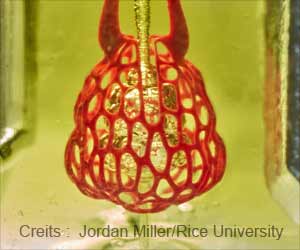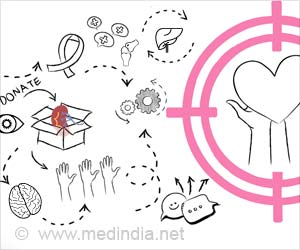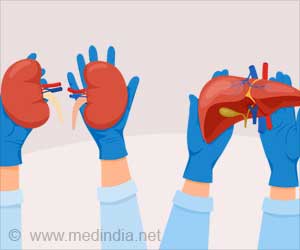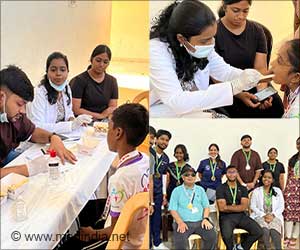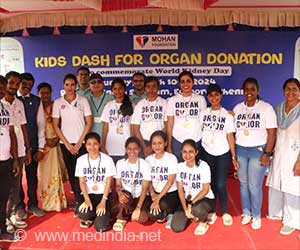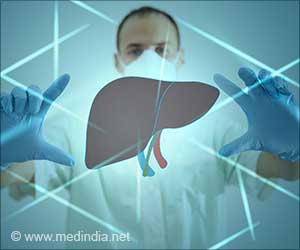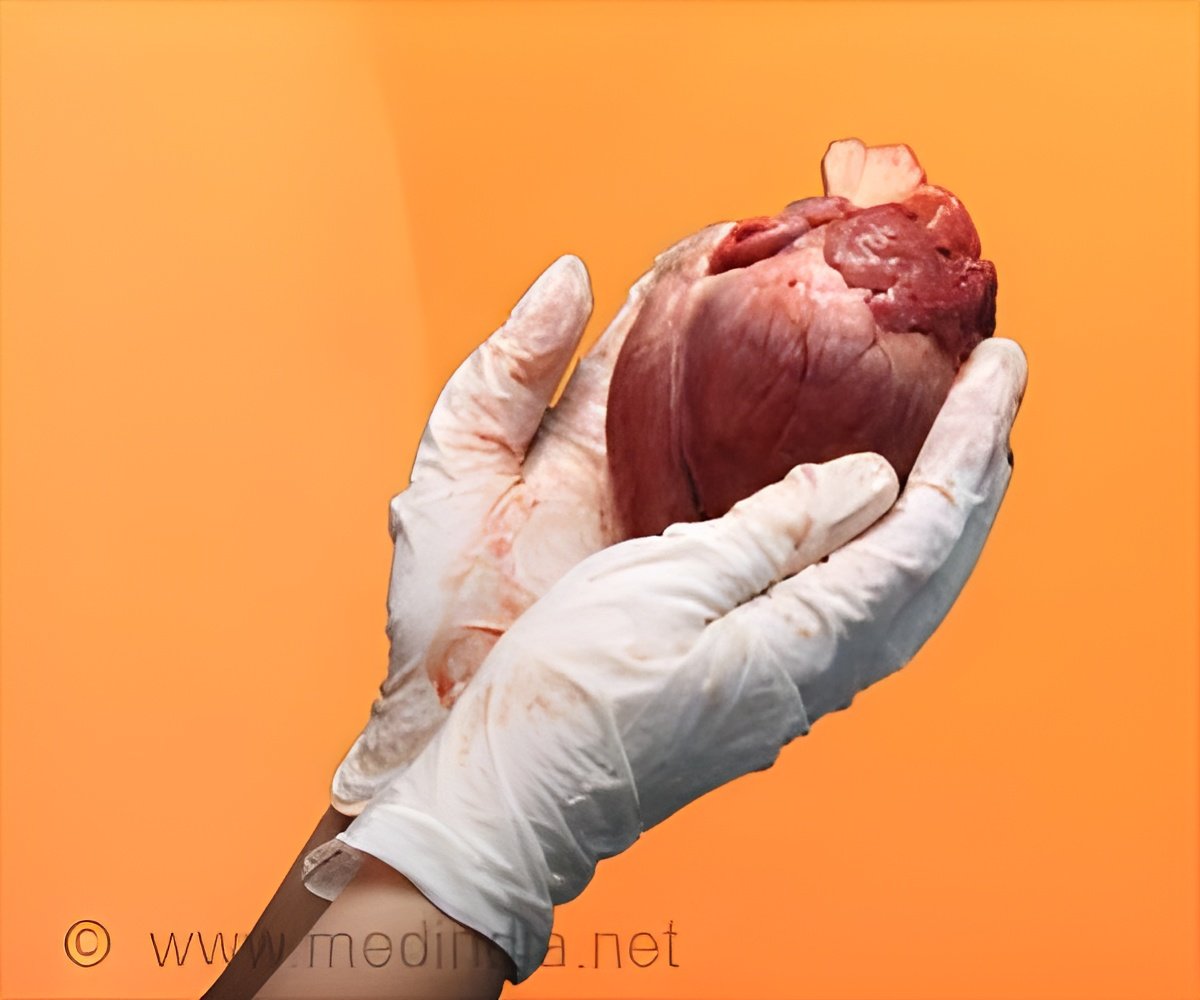
Maintaining Heart Function in Donors Could Improve Access to Heart Transplantation
Until recently, heart transplants worldwide were still performed only with organs obtained from DBD donors. However, in recent years, heart transplants from DCD donors have become a clinical reality worldwide thanks to years of research carried out.‘The use of thoracoabdominal normothermic reperfusion increased the donor pool, increasing the number of heart transplantations performed.’
Tweet it Now
More donated hearts could be suitable for transplantation if they are kept functioning within the body for a short time following the death of the donor, new research published in the journal EClinicalMedicine has concluded.The organs are kept functioning by restarting local circulation to the heart, lungs, and abdominal organs – but, crucially, not to the brain – of patients whose hearts have stopped beating for five minutes or longer and have been declared dead by circulatory criteria (donation after circulatory death, or DCD).
It is hoped that this technique could increase the number of usable donated hearts by as much as 30% in the future, helping address the shortage of transplant organs. In 2021, 8,409 heart transplants were reported to the Global Observatory on Donation and Transplantation (GODT) by 54 countries.
This activity is in contrast with the 21,935 patients who were on a heart waiting list during the year 2021, of whom 1,511 died while waiting and many others became too sick to receive a transplant.
How to Keep Donor Heart Functioning Till Transplantation?
DCD is the donation of organs by patients who tragically have a non-survivable illness. These patients are typically unconscious in intensive care in the hospital and dependent on ventilation. Detailed discussions between doctors, specialist nurses, and the patient’s family take place and if the family agrees to organ donation, the process starts.After treatment is withdrawn, the heart stops beating and it begins to sustain damage to its tissues. After 30 minutes, it is thought that this damage becomes irreversible and the heart unusable.
Advertisement
This technique was pioneered by Royal Papworth Hospital NHS Foundation Trust in Cambridge, whose transplant team carried out the first DCD heart transplant in Europe in 2015. Royal Papworth has since become the largest and most experienced DCD heart transplant center in the world.
Advertisement
In a new study, an international team of clinical scientists and heart specialists from 15 major transplant centers worldwide, including the UK, Spain, the USA, and Belgium, looked at the clinical outcomes of 157 DCD donor hearts recovered and transplanted from donors undergoing taNRP. They compared these with the outcomes from 673 DBD heart transplants.
Survival rates were comparable between DCD and DBD heart transplantation, with 97% of patients surviving for more than 30 days following taNRP DCD heart transplant, 93% for more than a year, and 84% of patients still alive after five years.
This promising new approach will allow doctors to offer heart transplantation, a last resort treatment, to many more patients in need of a new heart.
Source-Eurekalert

